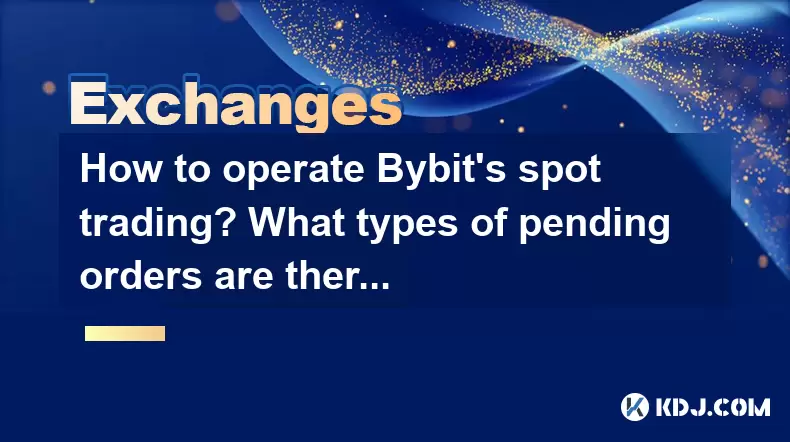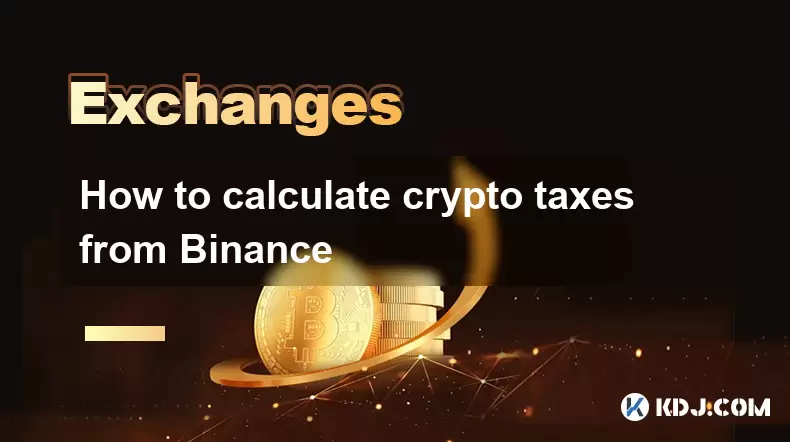-
 Bitcoin
Bitcoin $117500
2.15% -
 Ethereum
Ethereum $3911
6.19% -
 XRP
XRP $3.316
10.79% -
 Tether USDt
Tether USDt $1.000
0.01% -
 BNB
BNB $787.2
2.24% -
 Solana
Solana $175.2
4.15% -
 USDC
USDC $0.9999
0.00% -
 Dogecoin
Dogecoin $0.2225
8.40% -
 TRON
TRON $0.3383
0.28% -
 Cardano
Cardano $0.7868
6.02% -
 Stellar
Stellar $0.4382
9.34% -
 Hyperliquid
Hyperliquid $40.92
7.56% -
 Sui
Sui $3.764
7.63% -
 Chainlink
Chainlink $18.48
10.66% -
 Bitcoin Cash
Bitcoin Cash $582.1
1.88% -
 Hedera
Hedera $0.2601
6.30% -
 Avalanche
Avalanche $23.33
4.94% -
 Ethena USDe
Ethena USDe $1.001
0.02% -
 Litecoin
Litecoin $122.3
2.04% -
 UNUS SED LEO
UNUS SED LEO $8.969
-0.27% -
 Toncoin
Toncoin $3.339
0.86% -
 Shiba Inu
Shiba Inu $0.00001287
4.30% -
 Uniswap
Uniswap $10.43
7.38% -
 Polkadot
Polkadot $3.861
5.08% -
 Dai
Dai $1.000
0.02% -
 Bitget Token
Bitget Token $4.513
3.41% -
 Monero
Monero $267.7
-6.18% -
 Cronos
Cronos $0.1499
4.14% -
 Pepe
Pepe $0.00001110
5.15% -
 Aave
Aave $284.9
8.28%
How to operate Bybit's spot trading? What types of pending orders are there?
Bybit's spot trading allows buying/selling at market prices or setting limit orders; it also offers stop-limit, stop market, and take profit orders for strategic trading.
May 18, 2025 at 12:50 pm

How to Operate Bybit's Spot Trading? What Types of Pending Orders Are There?
Bybit is a popular cryptocurrency exchange that offers a variety of trading options, including spot trading. Spot trading on Bybit allows users to buy and sell cryptocurrencies at the current market price. This article will guide you through the process of operating Bybit's spot trading and explain the different types of pending orders available.
Accessing the Spot Trading Interface
To start spot trading on Bybit, you first need to access the spot trading interface. Here's how to do it:
- Log in to your Bybit account. If you don't have an account, you'll need to create one.
- Navigate to the 'Spot' section. You can find this on the main menu at the top of the Bybit website or app.
- Select the trading pair you want to trade. Bybit offers a variety of trading pairs, such as BTC/USDT, ETH/USDT, and more.
Once you're on the spot trading interface, you'll see a chart displaying the price movements of the selected trading pair, along with order books and other trading tools.
Placing a Market Order
A market order is an order to buy or sell a cryptocurrency at the current market price. Here's how to place a market order on Bybit:
- Select 'Market' from the order type options.
- Enter the amount you want to buy or sell. You can enter the amount in either the base currency (e.g., BTC) or the quote currency (e.g., USDT).
- Click 'Buy' or 'Sell' to execute the order. The order will be filled immediately at the best available price.
Placing a Limit Order
A limit order allows you to set a specific price at which you want to buy or sell a cryptocurrency. Here's how to place a limit order on Bybit:
- Select 'Limit' from the order type options.
- Enter the price at which you want to buy or sell the cryptocurrency.
- Enter the amount you want to buy or sell.
- Click 'Buy' or 'Sell'. The order will be added to the order book and will be filled when the market reaches your specified price.
Types of Pending Orders on Bybit
Bybit offers several types of pending orders, which allow you to set specific conditions for your trades. Here are the different types of pending orders available:
Limit Orders
As mentioned earlier, a limit order is an order to buy or sell a cryptocurrency at a specific price. It remains active until it is filled or canceled.
Stop-Limit Orders
A stop-limit order combines the features of a stop order and a limit order. Here's how it works:
- Set a stop price. When the market reaches this price, the stop-limit order becomes a limit order.
- Set a limit price. This is the price at which the order will be executed once the stop price is reached.
For example, if you want to buy BTC at $30,000 but only if the price reaches $29,000, you can set a stop price of $29,000 and a limit price of $30,000.
Stop Market Orders
A stop market order is similar to a stop-limit order, but it becomes a market order when the stop price is reached. Here's how to set up a stop market order:
- Set a stop price. When the market reaches this price, the stop market order becomes a market order.
- Enter the amount you want to buy or sell.
For example, if you want to sell BTC at the market price when it reaches $31,000, you can set a stop price of $31,000 and the order will be executed at the best available price once the stop price is reached.
Take Profit Orders
A take profit order is used to automatically close a position when it reaches a certain profit level. Here's how to set up a take profit order:
- Set a take profit price. This is the price at which you want to close your position.
- Enter the amount you want to sell.
For example, if you bought BTC at $30,000 and want to sell it when it reaches $32,000, you can set a take profit price of $32,000 and the order will be executed when the price reaches that level.
Managing Your Orders
Once you've placed your orders, you can manage them from the 'Open Orders' section on the spot trading interface. Here's how to manage your orders:
- View your open orders. You can see all your active orders in the 'Open Orders' section.
- Cancel an order. If you want to cancel an order, click on the 'Cancel' button next to the order.
- Modify an order. Some orders, like limit orders, can be modified. Click on the 'Edit' button next to the order to change the price or amount.
Frequently Asked Questions
Q: Can I trade on Bybit's spot market using leverage?
A: No, Bybit's spot trading does not offer leverage. Leverage is available only in the futures and margin trading sections.
Q: What are the fees for spot trading on Bybit?
A: Bybit charges a maker fee of 0.1% and a taker fee of 0.1% for spot trading. However, these fees can vary based on your trading volume and VIP level.
Q: How can I deposit and withdraw funds on Bybit's spot trading?
A: To deposit funds, go to the 'Wallet' section, select 'Deposit', choose the cryptocurrency you want to deposit, and follow the instructions to send funds to your Bybit wallet. To withdraw funds, go to the 'Wallet' section, select 'Withdraw', choose the cryptocurrency you want to withdraw, enter the amount and the address to which you want to send the funds, and follow the instructions to complete the withdrawal.
Q: Is there a minimum order size for spot trading on Bybit?
A: Yes, Bybit has a minimum order size for spot trading. The minimum order size varies depending on the trading pair. For example, the minimum order size for BTC/USDT is 0.001 BTC.
Disclaimer:info@kdj.com
The information provided is not trading advice. kdj.com does not assume any responsibility for any investments made based on the information provided in this article. Cryptocurrencies are highly volatile and it is highly recommended that you invest with caution after thorough research!
If you believe that the content used on this website infringes your copyright, please contact us immediately (info@kdj.com) and we will delete it promptly.
- XRP ETF, Bitcoin ETF, and Japan: A New Era for Crypto Investing?
- 2025-08-08 14:30:12
- Crypto, Congress, and Bills: Navigating the Regulatory Landscape in 2025
- 2025-08-08 14:30:12
- Union Jack Oil, Unused Gas, and Bitcoin: A New York Minute on UK's Crypto-Energy Play
- 2025-08-08 14:50:12
- Bitcoin Price: Bullish Flag Points to $123K Breakout?
- 2025-08-08 14:50:12
- Crypto Group's WNBA Dildo Toss: Meme Coin Mania or Just Plain Dumb?
- 2025-08-08 14:55:13
- Stablecoins, Hong Kong, and On-Chain Finance: Navigating the Regulatory Maze
- 2025-08-08 12:30:12
Related knowledge

How to use margin trading on Poloniex
Aug 08,2025 at 09:50am
Understanding Margin Trading on Poloniex

How to use advanced trading on Gemini
Aug 08,2025 at 04:07am
Understanding Advanced Trading on GeminiAdvanced trading on Gemini refers to a suite of tools and order types designed for experienced traders who wan...

How to deposit USD on Bitstamp
Aug 07,2025 at 05:18pm
Understanding Bitstamp and USD DepositsBitstamp is one of the longest-standing cryptocurrency exchanges in the industry, offering users the ability to...

How to use the Kraken Pro interface
Aug 08,2025 at 09:57am
Understanding the Kraken Pro Interface LayoutThe Kraken Pro interface is designed for both novice and experienced traders seeking a streamlined experi...

How to find my transaction ID on Gemini
Aug 08,2025 at 12:50am
Understanding the Transaction ID in Cryptocurrency ExchangesA transaction ID (TXID) is a unique alphanumeric string that identifies a specific transfe...

How to calculate crypto taxes from Binance
Aug 08,2025 at 07:56am
Understanding Cryptocurrency Taxation on BinanceCalculating crypto taxes from Binance requires a clear understanding of how tax authorities classify d...

How to use margin trading on Poloniex
Aug 08,2025 at 09:50am
Understanding Margin Trading on Poloniex

How to use advanced trading on Gemini
Aug 08,2025 at 04:07am
Understanding Advanced Trading on GeminiAdvanced trading on Gemini refers to a suite of tools and order types designed for experienced traders who wan...

How to deposit USD on Bitstamp
Aug 07,2025 at 05:18pm
Understanding Bitstamp and USD DepositsBitstamp is one of the longest-standing cryptocurrency exchanges in the industry, offering users the ability to...

How to use the Kraken Pro interface
Aug 08,2025 at 09:57am
Understanding the Kraken Pro Interface LayoutThe Kraken Pro interface is designed for both novice and experienced traders seeking a streamlined experi...

How to find my transaction ID on Gemini
Aug 08,2025 at 12:50am
Understanding the Transaction ID in Cryptocurrency ExchangesA transaction ID (TXID) is a unique alphanumeric string that identifies a specific transfe...

How to calculate crypto taxes from Binance
Aug 08,2025 at 07:56am
Understanding Cryptocurrency Taxation on BinanceCalculating crypto taxes from Binance requires a clear understanding of how tax authorities classify d...
See all articles

























































































